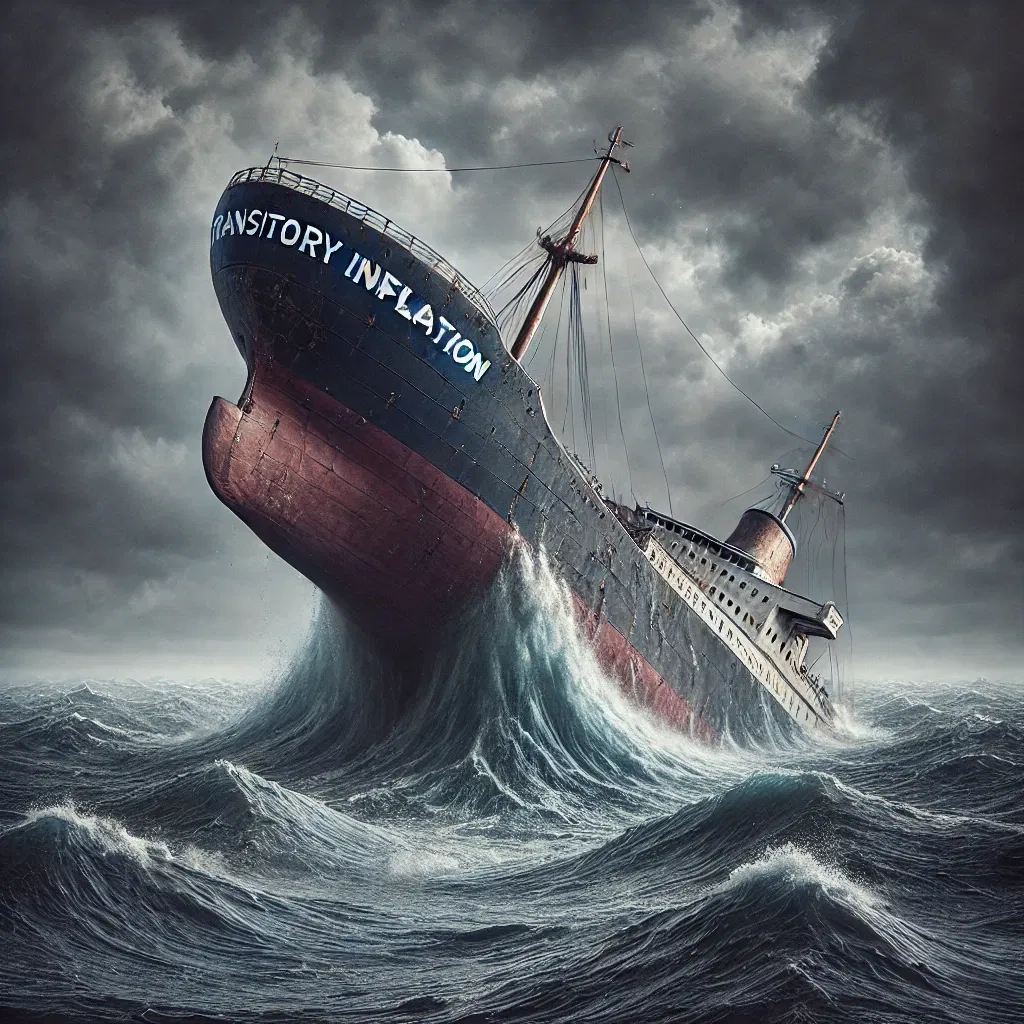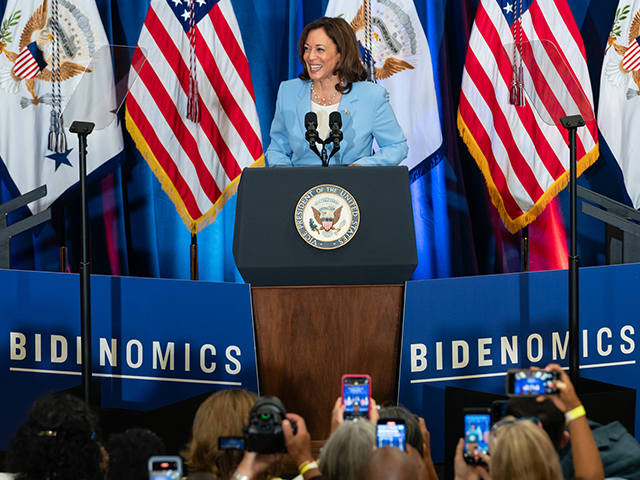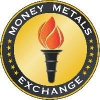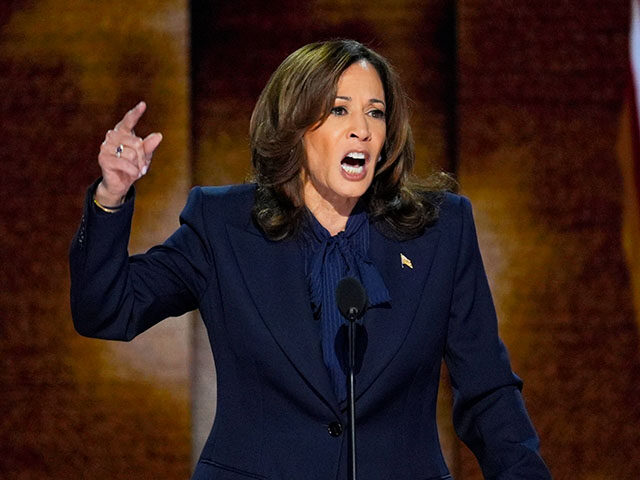from The Rubin Report
The “Good Ship Transitory” Sank. The Captain is Joking About It.
by Peter Schiff
Schiff Sovereign
 It almost sounded like an apology. Almost.
It almost sounded like an apology. Almost.
On Friday, Federal Reserve Chairman Jerome Powell stood in front of reporters and explained how we got here… and how inflation took hold.
To be fair, he rightly diagnosed the root causes: extreme government spending and money printing during the pandemic. And then, when the economy reopened after the lockdowns, there was a sudden surge in inflation.
The Fed and its army of experts assumed this inflation would be a temporary phenomenon—what they called “transitory.” They said that, due to the pandemic lockdowns being lifted, prices would rise suddenly, then fall back down.
Many Americans Don’t Believe Inflation is Getting Better
by John Carney
Breitbart.com
 It’s Still Inflation, Stupid
It’s Still Inflation, Stupid
The Democrats succeeded last week in bringing America a complacency convention, a convention about almost nothing except fear and loathing of Donald Trump interposed with a substance-free celebration of their own joy. That might not be a winning formula in a political environment in which inflation is still the most pressing issue facing voters.
Certainly, the successful exile of Joe Biden from American politics has boosted Democratic enthusiasm about the election and the economy. The most recent polling by YouGov for the Economist shows that 71 percent of Democrats say they are extremely or very enthusiastic about voting for president this year, up nearly 30 points from July and above the 61 percent of Republicans who are enthusiastic.
Similarly, Democrats are much more optimistic about the U.S. economy than they were a month ago. The University of Michigan’s survey of consumer sentiment showed a big increase in the index of expectations among Democrats, from a score of 81.7 to 92.4. And that was before the Democratic National Convention.
What to Expect From This Friday’s Report On Inflation
A report on inflation Friday is likely to show that consumer price increases continued to run cool in July, following a trend set by recent data on consumer prices.
by Diccon Hyatt
Investopedia
:max_bytes(150000):strip_icc():format(webp)/GettyImages-2166912210-33fb569bf6984afabd12c6945b2d0c2c.jpg) A report on inflation Friday could confirm that inflation has lost its bite, and help inform the outlook for how fast and how far the Federal Reserve’s key interest rate will fall in the coming months.
A report on inflation Friday could confirm that inflation has lost its bite, and help inform the outlook for how fast and how far the Federal Reserve’s key interest rate will fall in the coming months.
A Bureau of Economic Analysis report Friday is likely to show that consumer prices, as measured by Personal Consumption Expenditures, rose 0.1 percentage points in July from June, according to economists surveyed by Dow Jones Newswires and The Wall Street Journal. That would be the same monthly increase as in June and make for a year-over-year inflation rate of 2.5%, the same as the previous month.
Forecasters expect Friday’s report on PCE inflation to match what a separate report earlier this month, the Consumer Price Index, showed about the trend of consumer price increases: The cost of living has continued to increase only modestly in recent months following a worrisome uptick in the first quarter, and it’s on the path back to the Federal Reserve’s goal of a 2% annual rate.
Inflation, Government Policy, and the Future of the Dollar: Insights From Economist Daniel Lacalle
from GoldSeek
 In a recent episode of the Money Metals podcast, host Mike Maharrey sat down with economist Daniel Lacalle to discuss pressing economic issues, including inflation, government policy, and the future of the U.S. dollar. Lacalle, a professor of global economy at IE Business School in Madrid and author of several influential books, brought his deep knowledge and unique perspective to the conversation.
In a recent episode of the Money Metals podcast, host Mike Maharrey sat down with economist Daniel Lacalle to discuss pressing economic issues, including inflation, government policy, and the future of the U.S. dollar. Lacalle, a professor of global economy at IE Business School in Madrid and author of several influential books, brought his deep knowledge and unique perspective to the conversation.
[…] Who is Daniel Lacalle?
Daniel Lacalle is a prominent Spanish economist, investment manager, and professor of global economy at IE Business School in Madrid. Born on August 5, 1967, Lacalle has established himself as a leading voice in economics, with a reputation for clear and accessible explanations of complex economic issues. He has authored several influential books, including Life in the Financial Markets (2014), The Energy World is Flat (2015), Escape from the Central Bank Trap (2017), and Freedom or Equality (2020).
If Everything is So Great, Why Are Millions of Americans Sleeping in Their Vehicles?
by Michael Snyder
The Economic Collapse Blog
 Have you noticed an unusual number of vehicles in the parking lots of major retailers in your area at night? If you look closely enough, you will see that many of those vehicles actually have people sleeping in them. At this point, millions of Americans are sleeping in their vehicles every night. This is happening even though we are being told that the economy is just fine. But of course the truth is that the system is failing all around us. So if you get to sleep in a very warm bed in a very warm home, you should consider yourself to be very blessed, because vast numbers of people are really struggling right now.
Have you noticed an unusual number of vehicles in the parking lots of major retailers in your area at night? If you look closely enough, you will see that many of those vehicles actually have people sleeping in them. At this point, millions of Americans are sleeping in their vehicles every night. This is happening even though we are being told that the economy is just fine. But of course the truth is that the system is failing all around us. So if you get to sleep in a very warm bed in a very warm home, you should consider yourself to be very blessed, because vast numbers of people are really struggling right now.
The primary reason why so many people are living in their vehicles is because the cost of living has soared to unprecedented heights.
In particular, the cost of housing has become extremely oppressive. In fact, housing in the United States has become more unaffordable than it has ever been before.
Bidenflation: Poll – Americans Struggle to Care for Their Pets Due to High Prices
by Amy Furr
Breitbart.com
 Americans are struggling to take care of their pets as inflation continues hurting the nation under President Joe Biden and Vice President Kamala Harris’s leadership, a survey shows.
Americans are struggling to take care of their pets as inflation continues hurting the nation under President Joe Biden and Vice President Kamala Harris’s leadership, a survey shows.
LendingTree surveyed almost 2,000 consumers and found 85 percent of pet owners lamenting that inflation is making prices skyrocket, the site reported Monday.
To make matters worse, 37 percent of those surveyed are in debt for their animals. The report continued:
Many Americans are getting priced out of owning a pet. Almost a quarter of pet owners (23%) say they’ve considered going petless due to costs, and 39% say they won’t own a pet again in the future. Additionally, 12% of Americans (and 25% of Gen Zers) have surrendered a pet because they could no longer afford to care for it.
Dollar-Confetti, The Unity Party, Making America Healthy Again
Japan is on the edge of blowing up. The neocons are sending American “contractors” to invade Kursk, clearly trying to provoke a Russian response. When there is uncertainty, Big Money flows to the “safe havens”, and it flees “risk assets.” All this and more in this week’s Market Update!
by Dave Fairtex
Chris Martenson’s Peak Prosperity
 This week we saw some incredible progress in the election arena – literally the day after the primary-unburdened Cackles was Crowned by the Oligarchy-DNC. Assuming the Unity Party principals remain un-assassinated, it likely removes “Cackles Autocracy” from our 2025-2028 Bingo Card, and I suspect running another “inside job” at the Secret Service is much more risky now; a collection of totally disgusted whistleblowers might just appear ahead of time. And I’d guess local law enforcement is generally pro-Unity (anyone remember “Defund the Police”?) so a “lone gunman 2.0” is a much more dangerous op now for “them” to run. It might just lead to wholesale disclosure.
This week we saw some incredible progress in the election arena – literally the day after the primary-unburdened Cackles was Crowned by the Oligarchy-DNC. Assuming the Unity Party principals remain un-assassinated, it likely removes “Cackles Autocracy” from our 2025-2028 Bingo Card, and I suspect running another “inside job” at the Secret Service is much more risky now; a collection of totally disgusted whistleblowers might just appear ahead of time. And I’d guess local law enforcement is generally pro-Unity (anyone remember “Defund the Police”?) so a “lone gunman 2.0” is a much more dangerous op now for “them” to run. It might just lead to wholesale disclosure.
However, there remain a bunch of other uncertainty issues.
These include:
The Rate Cuts Powell Dangled in Front of Markets May Slam Into Inflationary Fiscal & Economic Policies of Whoever is in the White House Next Year
by Wolf Richter
Wolf Street
 For the Treasury market, Powell’s speech was a nothingburger. A Sep rate cut has been priced in since the Aug 2 jobs report.
For the Treasury market, Powell’s speech was a nothingburger. A Sep rate cut has been priced in since the Aug 2 jobs report.
Powell re-confirmed at his Jackson Hole speech on Friday that rate cuts are coming but didn’t mention “September.” He said, “The time has come for policy to adjust. The direction of travel is clear…”
But “the timing and pace of rate cuts will depend on incoming data, the evolving outlook, and the balance of risks.”
Powell presented a balanced message. There was no panic. The two sides of the Fed’s dual mandate (low inflation and full employment) have come roughly into balance.
Trump Warns Kamala Harris ‘Will Implement Soviet-Style Price Controls,’ Things Will ‘Get 100 Times Worse’
by Elizabeth Weibel
Breitbart.com
 Former President Donald Trump warned that if Vice President Kamala Harris is elected president things “will get 100 times worse,” adding that she would “implement soviet style price controls.”
Former President Donald Trump warned that if Vice President Kamala Harris is elected president things “will get 100 times worse,” adding that she would “implement soviet style price controls.”
In a post on X, Trump pointed out that as expensive as things are under the Biden-Harris administration, they would get worse if Harris was elected. Trump added that under Harris’s economic plan, she would “implement soviet style price controls” and “abolish private health care,” among other things.
“If you think things are expensive now, they will get 100 times WORSE if Kamala gets four years as President,” Trump wrote. “Under her plan, Kamala will implement SOVIET Style Price Controls.
Fed’s Actions Spoke Louder Than Words in Inflation Fight, Research Shows
by Howard Schneider
Reuters.com
 JACKSON HOLE, Wyoming, Aug 24 (Reuters) – The Federal Reserve’s credibility in the eyes of financial markets helped in its battle against inflation over the past two years, but it had to be earned afresh with interest rate hikes that backed up policymakers’ verbal promises to restore price stability, according to new research presented at the Kansas City Fed’s annual research conference in Jackson Hole, Wyoming.
JACKSON HOLE, Wyoming, Aug 24 (Reuters) – The Federal Reserve’s credibility in the eyes of financial markets helped in its battle against inflation over the past two years, but it had to be earned afresh with interest rate hikes that backed up policymakers’ verbal promises to restore price stability, according to new research presented at the Kansas City Fed’s annual research conference in Jackson Hole, Wyoming.
A strong perception in financial markets that a central bank is committed to inflation control can make monetary policy more effective, prompting markets to shift financial conditions faster and lowering inflation with a less serious hit to economic growth than would otherwise be the case.
